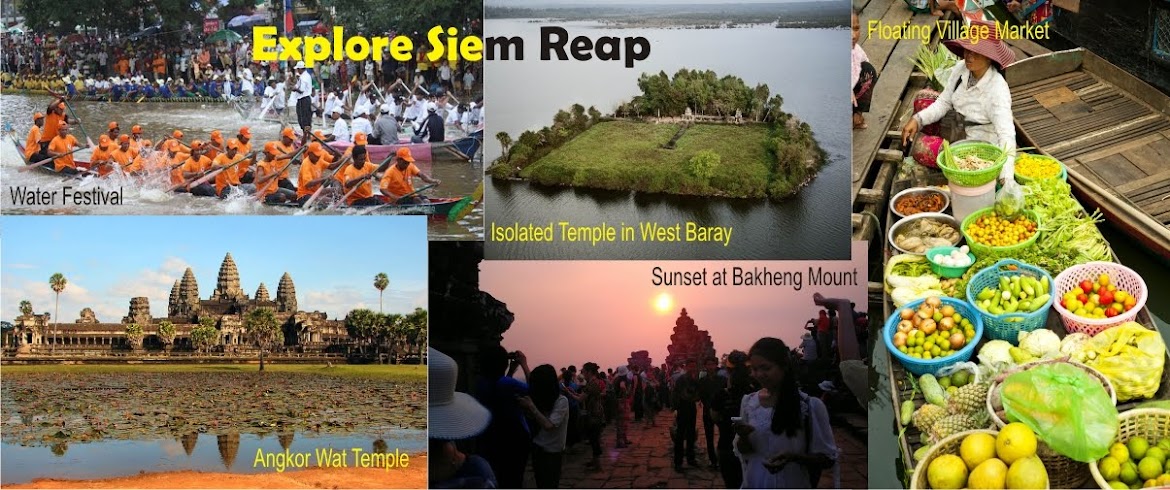1. Western gallery, South wing
The Battle of Kurukshetra (single 50 m panel)
The decisive confrontation takes place in the plain of the Kuruk. Amongst the Pandavas. Arjuna is the most worthy of royalty. I Iis war chariot is driven by Krishna. his closest friend. The sculptors of this panel divided the event into two halves: on side, coming from the left are the Kauravas(1948-1949), and on the other, coming from the right , the Pandava warriors (150, page 102,103). The contact point is in the middle, when the ballet takes place. Here, as in other panels, the scene is the furious melee of two armies marching one against the other and starting the battle. However, unlike the other reliefs, there is nothing supernatural, no fantastic human or animal figures. The two armies of warriors, equipped in a similar way, closely resemble the Khmer army on the panel of the “Historic procession”. Their chiefs, mounted on the chariots or elephants, have the conical mukuta f the devas and legendary heroes. The soldiers march past in the lower register: some have breastplates and others carry a curved shield on their chests. A gong suspended on posts is carried by a group of soldiers, and beats out the rhythm of the march.
There is a large number of generals and one can see the typical posture given them by the sculptors, brandishing their bows in one hand and their arrows in the other, in theatrical manner which repeats itself with a few variations all along the panel. Although this relief is somewhat confused, the details of the costumes, the headdresses, and armory are indicated with great precision. The horses are treated in a half decorative, half realistic manner, and are shown in elegant postures.
At the base of the panels lie the dead and wounded; in the upper register one can see a fallen warrior, riddled with so many arrows that he cannot be laid down on a bed,. It is Bishma (72, page 58), the general-in-chief of the Kaurava army, wounded by the innumerable arrows shot by Arjuna, in charge of a group of the Padava army. Bishma, suspended in the air by the arrows penetrating his body, is in the process of leaving his will to his family; this is so long that it has taken 1000 years to complete.
The closer one gets to the center of the panel, the more the melee becomes confused (115); it is an entanglement of arms and legs, but the stylized decorative attitude of the fighters, gives a solemn and noble character to the battle. Some poses of the warriors are very acrobatic; the generals, when brandishing their bows, have their left arm quite unrealistically poised behind their heads, in order to see the person at person at whom they are aiming.
Towards the middle of the panel there are the interlocutors of the famous dialogue of the Bhagavad Gita: Arjuna, standing on his chariot, and Krishna, with four arms, acting as coachman (71, page 58). Proceeding towards the end of the panel to the right, the scenes become calmer, since considerable symmetry characterises the composition. It is the mirror image of the parade on the left, but depicts instead the Pandavas.
It is notable that all the characters and costumes are set in a recognisably Khmer world, and not an Indian one, as in the Indonesian reliefs of Borobudur (Fontein, 1990).

No comments:
Post a Comment